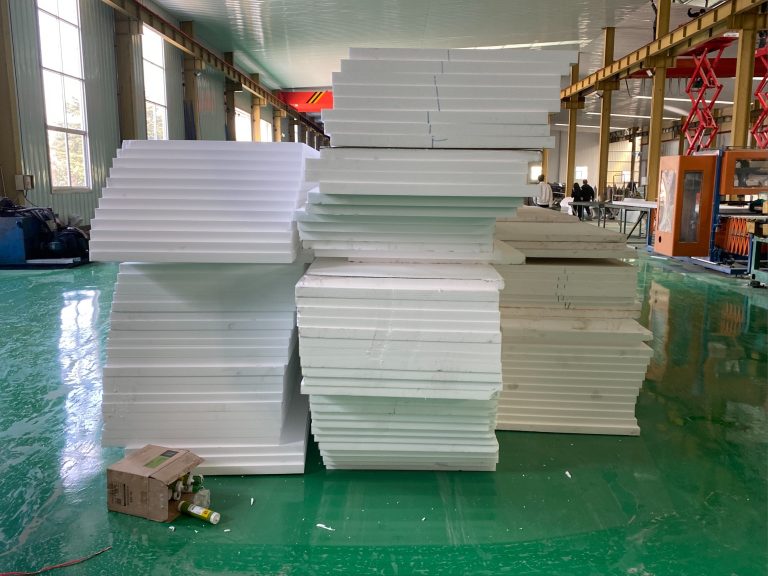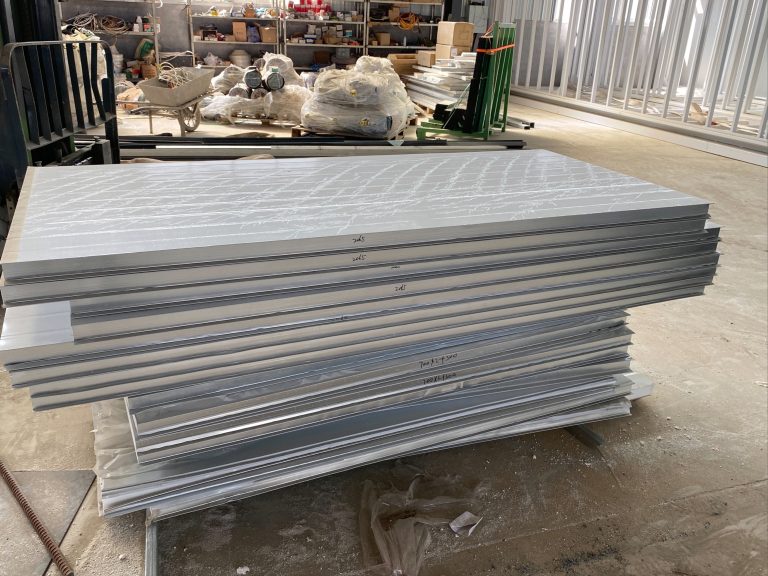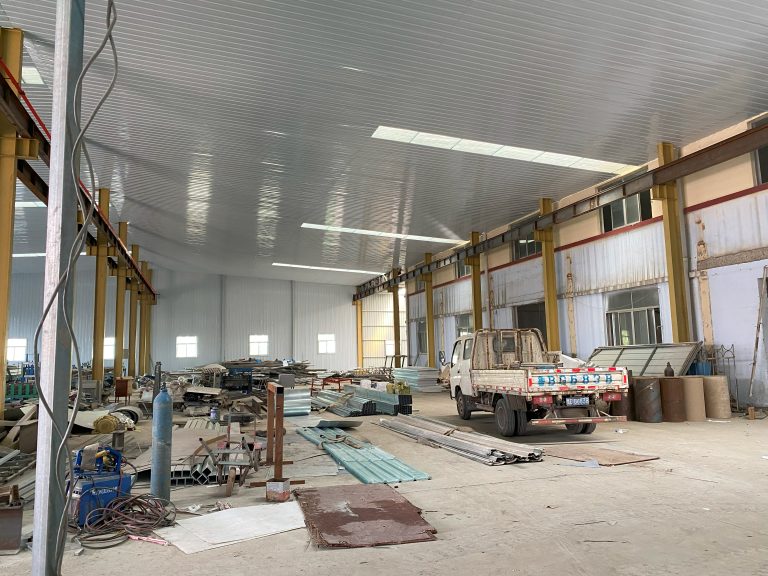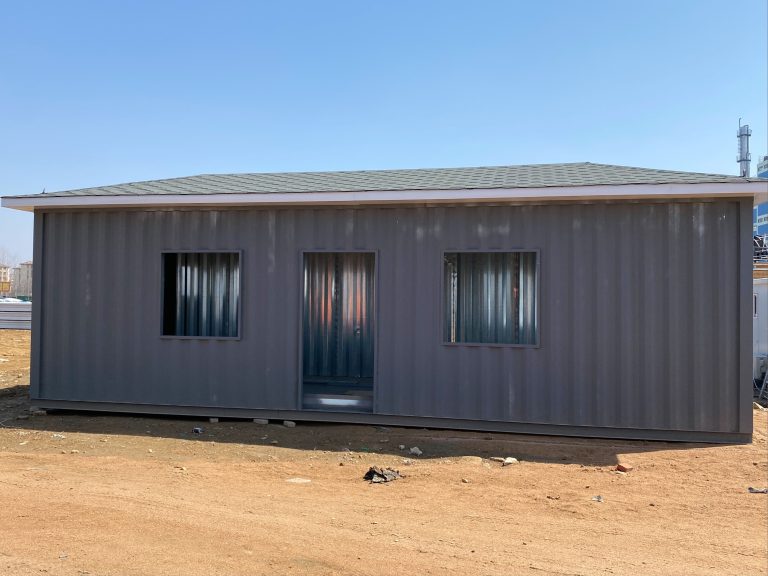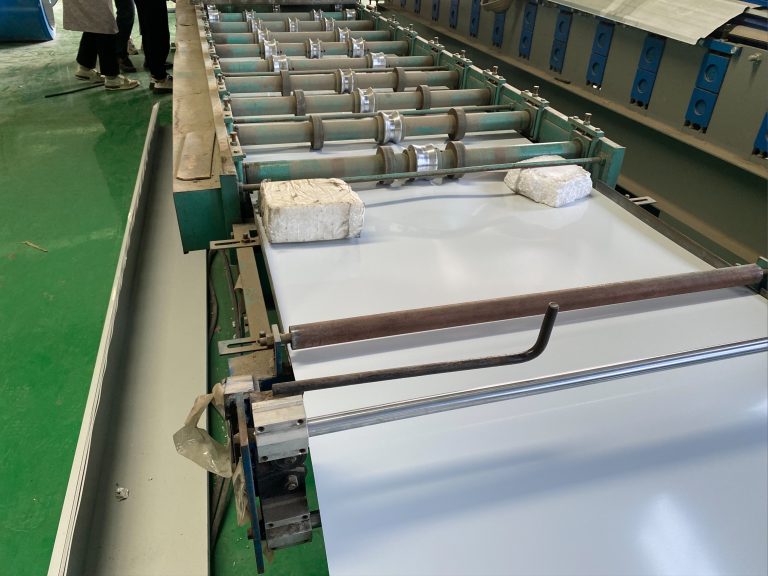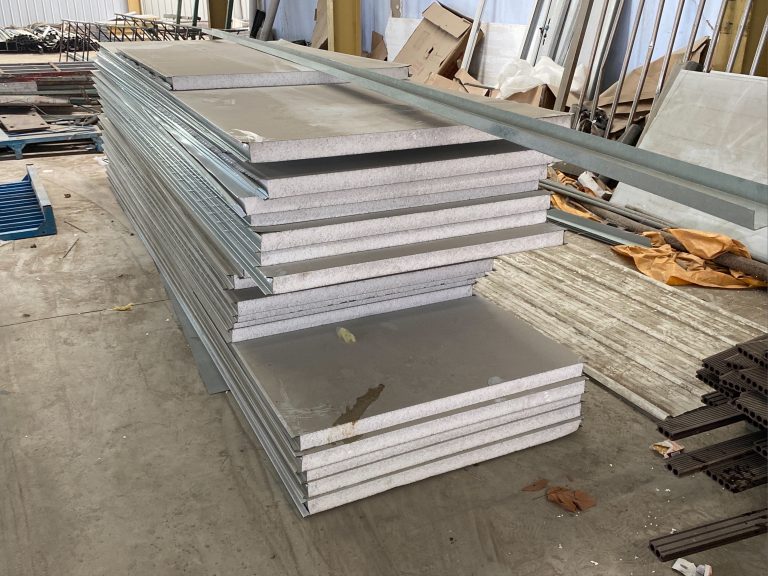Application case of steel structure in industrial building
Table of Contents
Benefits of Using Steel Structure in Industrial Buildings
Steel structures have become increasingly popular in the construction of industrial buildings due to their numerous benefits. From cost-effectiveness to durability and sustainability, steel structures offer a wide range of advantages that make them an ideal choice for industrial applications.
One of the key benefits of using steel structures in industrial buildings is their cost-effectiveness. Steel is a highly efficient material that allows for faster construction times, reducing labor costs and overall project expenses. Additionally, steel structures are lightweight yet incredibly strong, which means they require fewer materials to support the same load as traditional building materials like concrete or wood. This not only saves money on construction costs but also reduces the environmental impact of the building process.
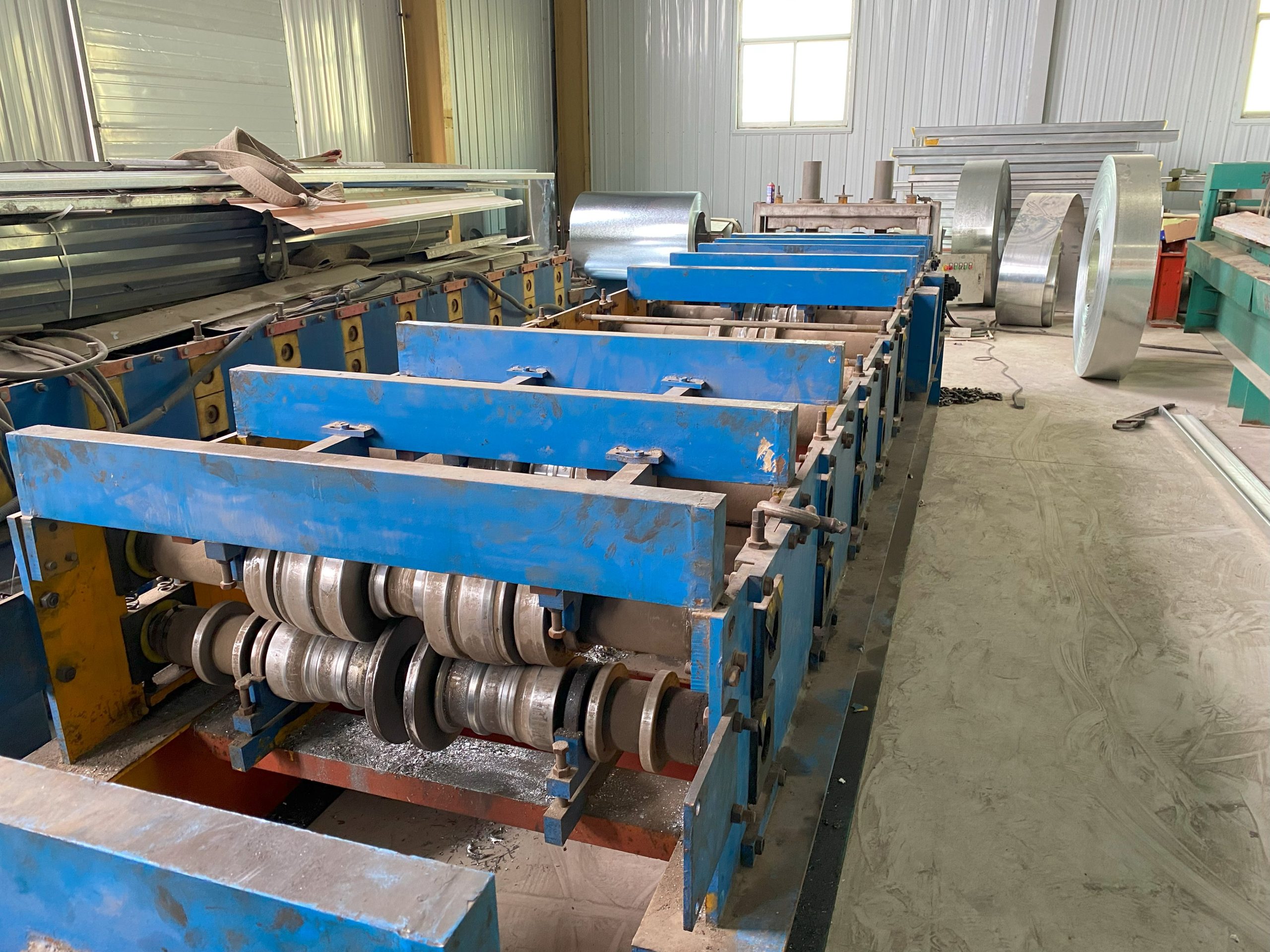
In addition to being cost-effective, steel structures are also incredibly durable. Steel is resistant to many of the common issues that can plague industrial buildings, such as rot, mold, and pests. This means that steel structures require less maintenance over time, saving both time and money in the long run. Furthermore, steel structures are able to withstand extreme weather conditions, making them a reliable choice for industrial buildings located in areas prone to hurricanes, earthquakes, or other natural disasters.
Another benefit of using steel structures in industrial buildings is their sustainability. Steel is one of the most recycled materials in the world, with a recycling rate of over 90%. This means that steel structures are not only environmentally friendly but also contribute to the circular economy by reducing waste and conserving natural resources. Additionally, steel structures can be easily disassembled and reused, making them a sustainable choice for industrial buildings that may need to be reconfigured or expanded in the future.
Steel structures also offer flexibility in design and construction. Steel is a versatile material that can be easily customized to meet the specific needs of an industrial building. Whether it’s creating large open spaces for manufacturing equipment or adding mezzanine levels for additional storage, steel structures can be tailored to fit the unique requirements of any industrial application. Furthermore, steel structures can be prefabricated off-site and assembled on-site, reducing construction time and minimizing disruption to ongoing operations.
Overall, the application of steel structures in industrial buildings offers a wide range of benefits that make them an attractive choice for developers, architects, and building owners. From cost-effectiveness and durability to sustainability and flexibility, steel structures provide a reliable and efficient solution for industrial construction projects. As the demand for industrial buildings continues to grow, steel structures are likely to play an increasingly important role in shaping the future of industrial architecture.
Design Considerations for Steel Structure Applications in Industrial Buildings
Steel structures have become increasingly popular in the construction of industrial buildings due to their numerous advantages. From their durability and strength to their cost-effectiveness and sustainability, steel structures offer a wide range of benefits that make them an ideal choice for industrial applications.
One of the key considerations when designing a steel structure for an industrial building is the load-bearing capacity of the structure. Industrial buildings often house heavy machinery and equipment, so it is essential that the steel structure can support the weight of these items without buckling or collapsing. Engineers must carefully calculate the load requirements of the building and design the steel structure accordingly to ensure its stability and safety.
In addition to load-bearing capacity, another important consideration when designing a steel structure for an industrial building is the flexibility of the design. Industrial buildings often have unique requirements in terms of layout and space utilization, so the steel structure must be able to accommodate these needs. Steel structures can be easily customized and modified to fit the specific requirements of the building, making them a versatile option for industrial applications.
Another key consideration when designing a steel structure for an industrial building is the environmental impact of the structure. Steel is a highly sustainable material that can be recycled and reused, making it an environmentally friendly choice for construction projects. Additionally, steel structures are energy-efficient and can help reduce the carbon footprint of industrial buildings. By choosing steel for the construction of industrial buildings, companies can demonstrate their commitment to sustainability and environmental responsibility.
When it comes to the construction process, steel structures offer several advantages over traditional building materials. Steel is a lightweight material that is easy to transport and assemble, making the construction process faster and more efficient. This can help reduce construction costs and minimize downtime for industrial operations. Additionally, steel structures require less maintenance than other building materials, saving companies time and money in the long run.
In terms of aesthetics, steel structures offer a modern and sleek look that can enhance the overall appearance of an industrial building. Steel can be easily painted or coated to match the company’s branding or design preferences, giving the building a polished and professional look. Steel structures can also be designed with large open spaces and high ceilings, creating a bright and spacious environment for industrial activities.
Overall, the application of steel structures in industrial buildings offers a wide range of benefits that make them an attractive choice for construction projects. From their durability and strength to their sustainability and cost-effectiveness, steel structures provide a versatile and efficient solution for industrial applications. By carefully considering factors such as load-bearing capacity, flexibility, environmental impact, and construction process, engineers can design steel structures that meet the unique needs of industrial buildings and help companies achieve their goals for efficiency and sustainability.

